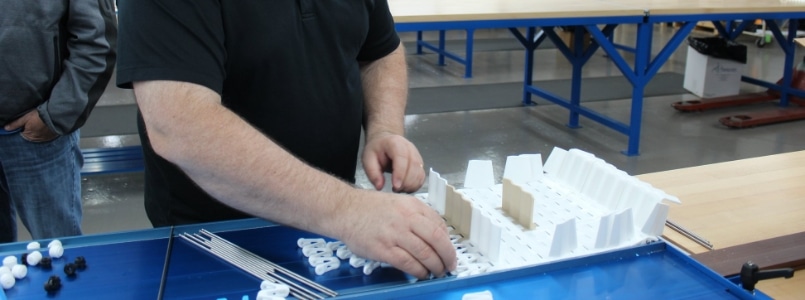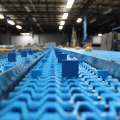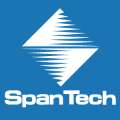
What Is a Cleated Conveyor Belt?
A cleated conveyor belt is a type of conveyor that has raised sections, called cleats, along the length of the belt. These conveyor cleats help to keep materials in place as they are transported up an incline or through a curve. Conveyor belts with cleats are typically made of PVC or rubber and come in various sizes, depending on the application. A cleated conveyor can be used to transport materials across horizontal planes, inclines or declines. Mini cleats provide traction to large objects, while taller cleats are often used to facilitate the transport of loose substances.
What Are the Advantages of Cleated Belt Conveyors?
Cleated belt conveyors offer several advantages over traditional flat belt conveyors. The following are some of the key benefits of using a cleated conveyor:
1. Ability to Transport Materials on Inclines or Through Curves
One of the primary advantages of cleated belt conveyors is their ability to transport materials up an incline or through a curve. The cleats allow for movement that is not possible with traditional flat belt conveyors, which can only be used to transport materials on a horizontal plane.
2. Increased Safety
Cleated belt conveyors are safer to use than traditional flat belt conveyors because the cleats prevent materials from slipping or falling off the belt. This reduces the risk of accidents and injuries in the workplace, making cleated conveyors a safer option for transporting materials in manufacturing processes.
3. Customizable Design
When designing cleated conveyors, factors such as the spacing and height of the cleats, belt width and material can all be customized to meet your needs. This allows for greater flexibility and adaptability in manufacturing processes.
4. Improved Efficiency
Cleated belt conveyors can improve efficiency in manufacturing processes by reducing the amount of manual labor required to transport materials. This can save time and labor costs, leading to improved overall efficiency in the manufacturing process.
5. Durability
Durable materials, such as PVC or rubber, are used to create cleated conveyor belts. These materials can withstand the rigors of industrial use, making them a reliable option for transporting materials in manufacturing processes while reducing the risk of downtime and maintenance costs.

What Are the Applications of a Cleated Conveyor?
Cleated conveyors are used in a wide range of industries because of all the benefits they offer. The following are some of the common applications of cleated belt conveyors:
Food Processing
Cleated belt conveyors are commonly used in the food processing industry to transport raw materials, ingredients and finished products. The conveyor cleats help to keep the materials in place as they are transported, preventing spills and ensuring the integrity of the food products.
Agriculture
The ability to transport materials up an incline or through a curve makes cleated belt conveyors ideal for use in agricultural applications, where materials such as crops or seeds often need to be transported over uneven terrain.
Packaging
Packaging applications often require materials to be transported to different levels or around corners, making cleated belt conveyors ideal.
Recycling
Cleated belt conveyors are used in recycling applications to transport materials such as glass, paper and plastic. The cleats on the conveyor ensure that the materials are properly sorted and recycled.
Mining
Another industry that can benefit from cleated belt conveyors is the mining industry. Materials such as coal, ore and minerals need to be transported through narrow spaces and up inclines, requiring the use of conveyor belts with cleats.
Automotive
The automotive industry uses cleated belt conveyors to transport parts and components between manufacturing processes. The customizable design of cleated belt conveyors allows them to be tailored to specific automotive applications.
Let Span Tech Show You How Cleated Conveyors Can Help
Span Tech understands the benefits and applications of cleated conveyors. Whether you choose our MultiSpan chain conveyor or our Closed Top chain conveyor, you can count on our cleated conveyors. If you are interested in incorporating cleated conveyor belts into your manufacturing process, contact us today to discuss your specific needs and requirements.



